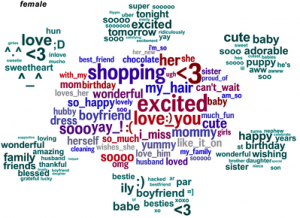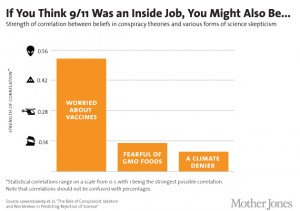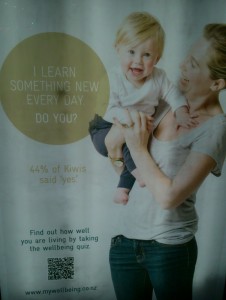Chocolate tastes nice but (sadly) is high in fat, so there’s a lot of potential appeal in news stories that say it’s really terribly healthy. Ideally these stories would come out just before Valentine’s Day, or Christmas, or perhaps Mothers’ Day, but any time of the year will do.
The Herald has a chocolate story, with the lead
Hot chocolate can help older people keep their brains healthy, research has shown.
The research compared blood flow in the brain, and performance on some cognitive function tests. The participants were assigned to drink cocoa with high or low levels of flavonols (aka flavonoids), the chemicals in chocolate that are thought to possibly have beneficial effects. Based on the headline, you might expect that the researchers saw a difference between the two groups. Sadly, no:
Half the participants were given hot chocolate rich in antioxidant flavanol plant compounds while the other half received low-flavanol cocoa.
Flavanol content made no difference to the results, the researchers found.
That is, participants in both groups improved over the course of the study, regardless of what they drank. Normally, this would be considered evidence against an effect of chocolate.
For comparison, there’s a more careful story at NPR news, and a less careful one at Forbes. We repeat the StatsChat position on chocolate “Don’t eat it just for health reasons. If you don’t like it, save it for people who do.”


